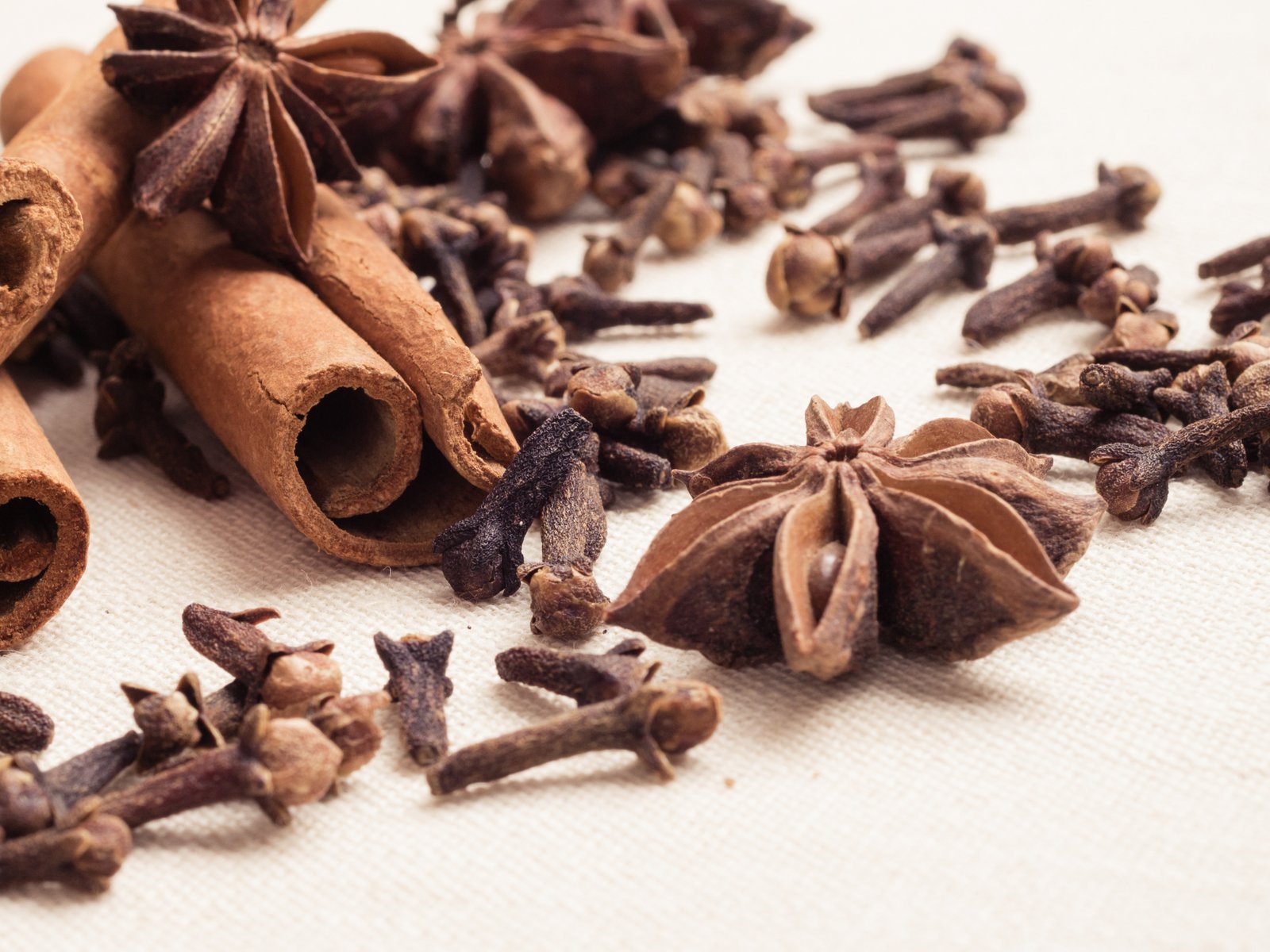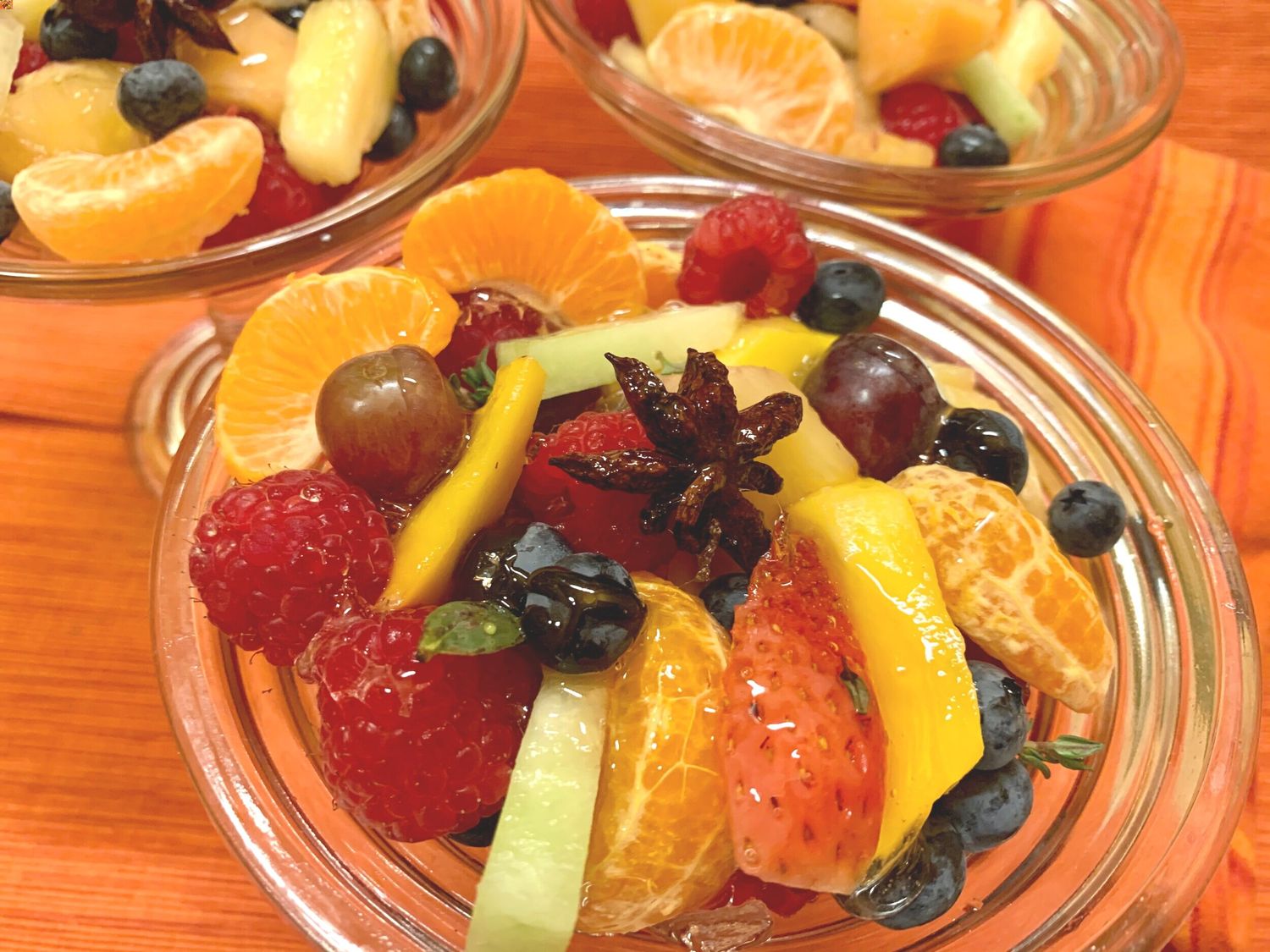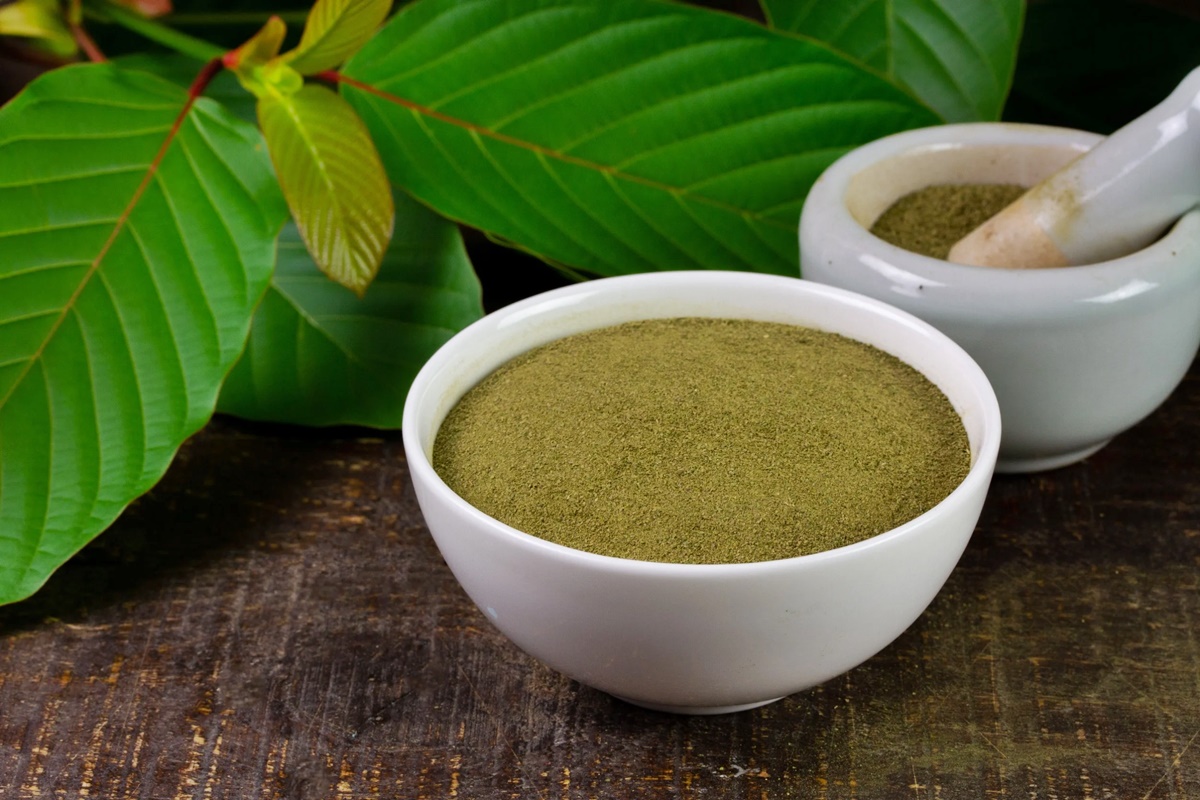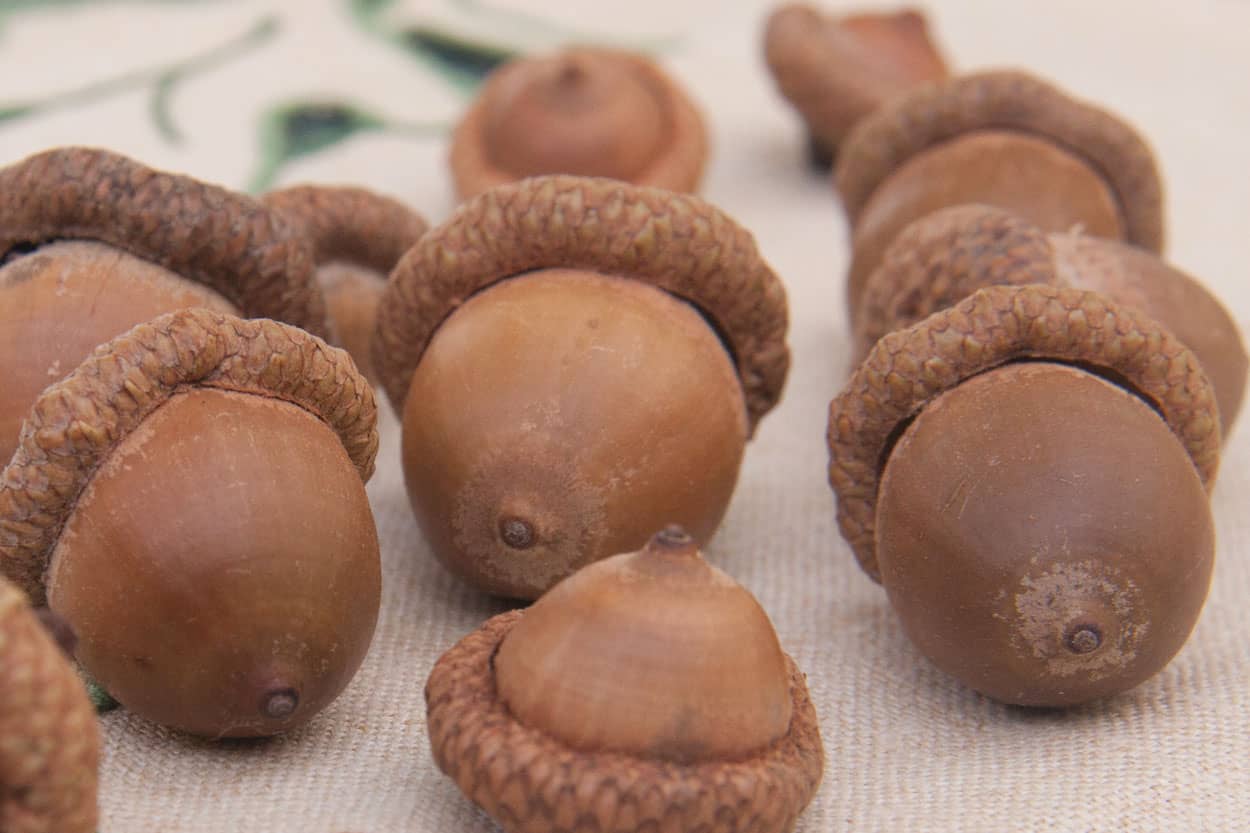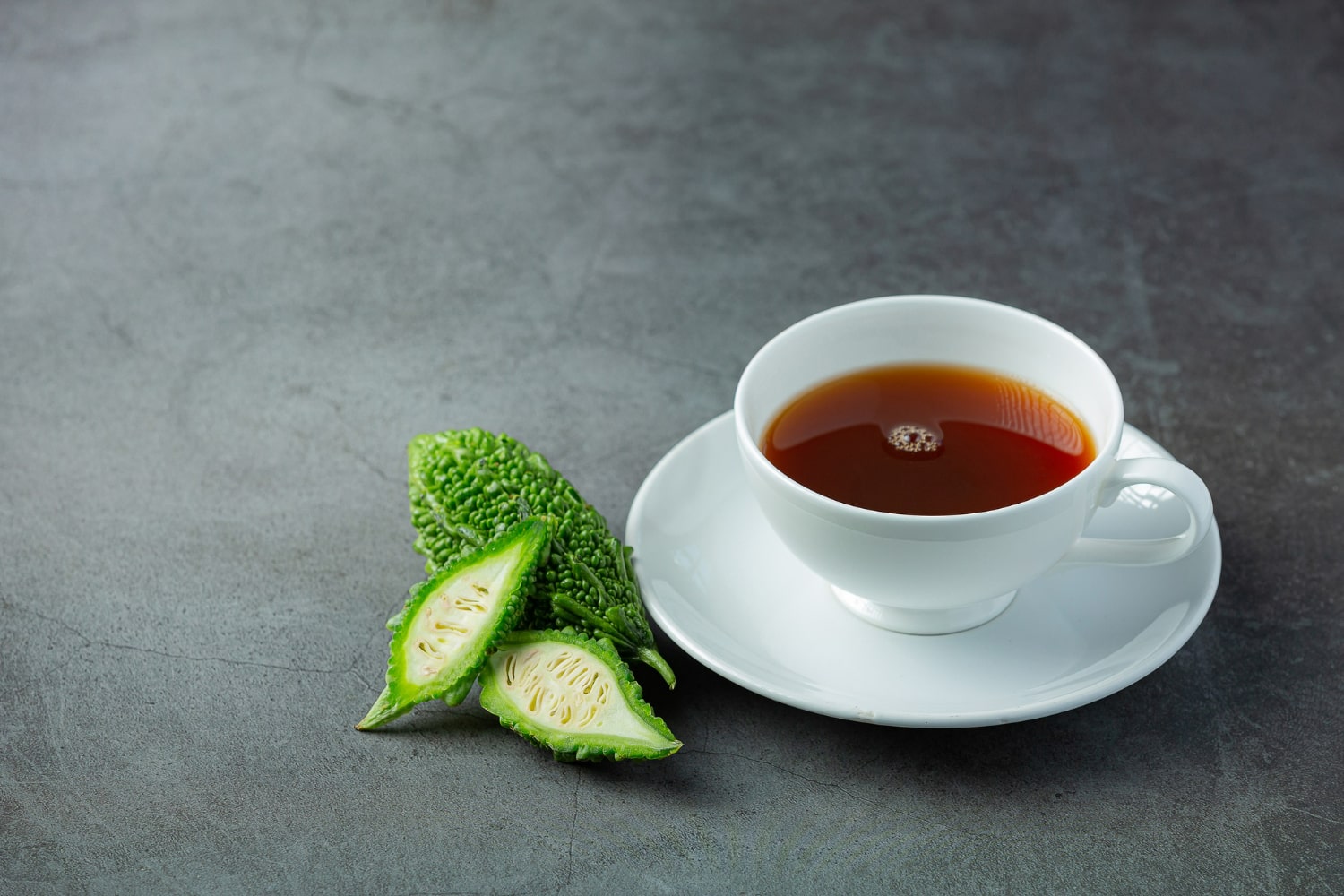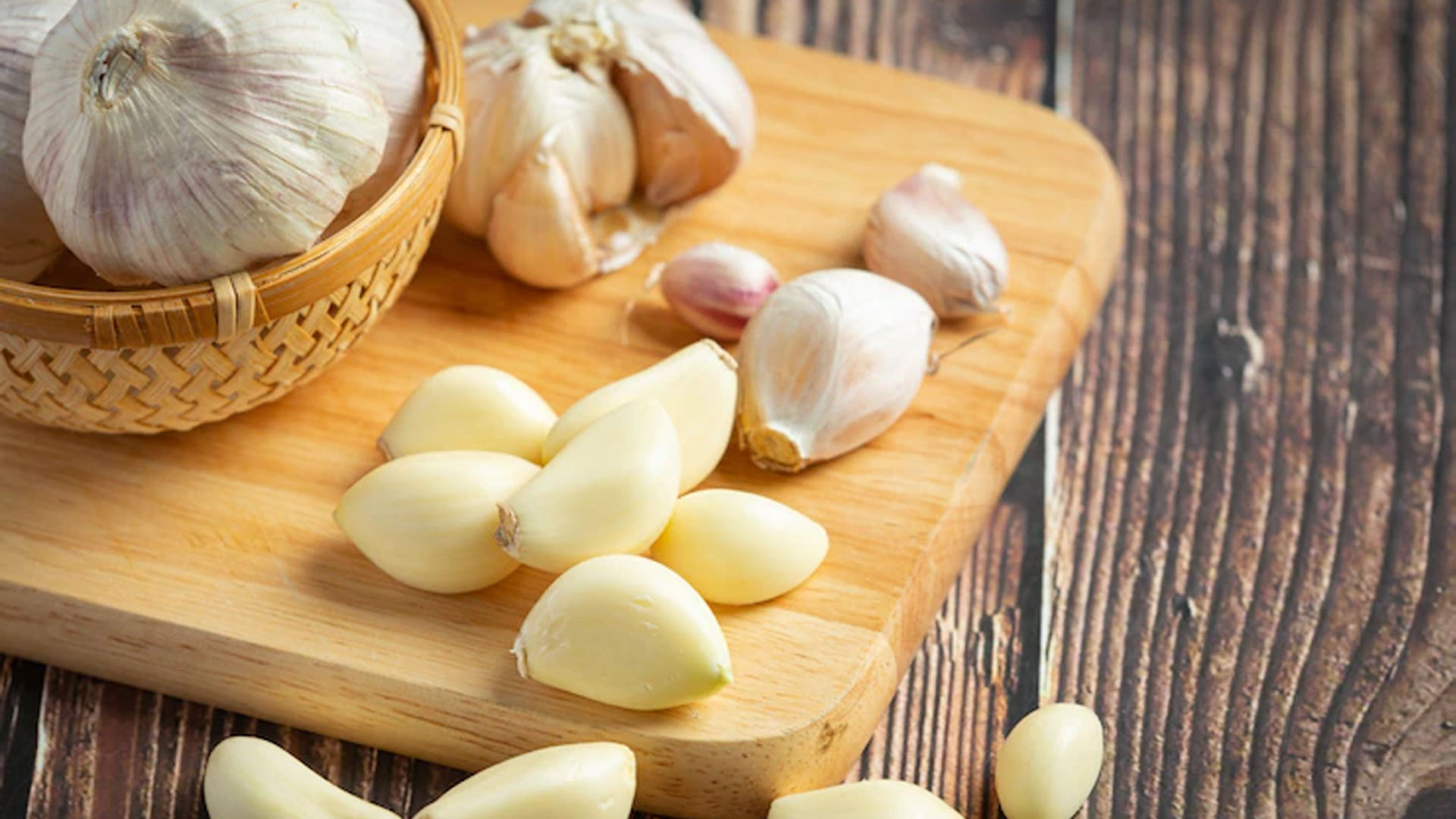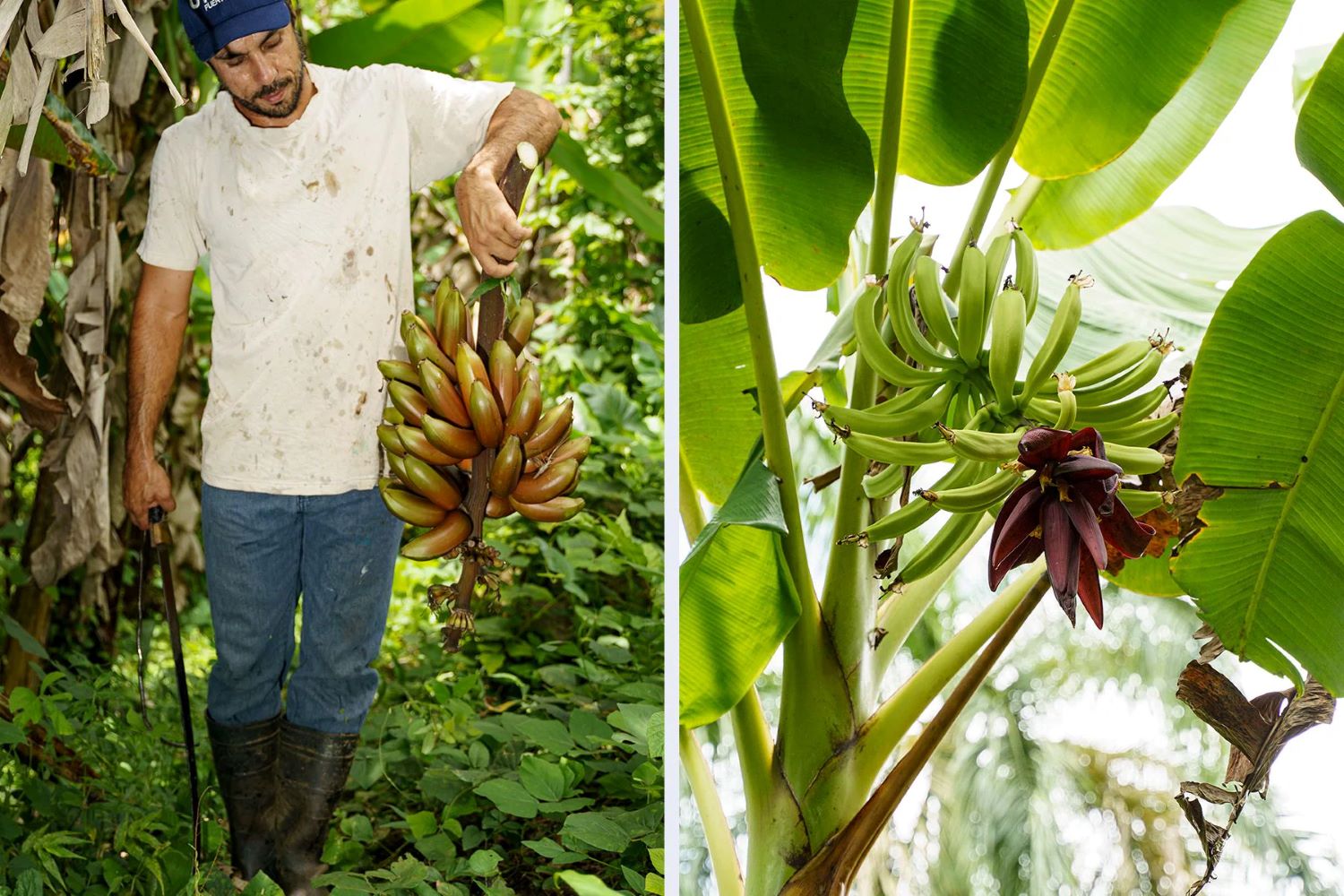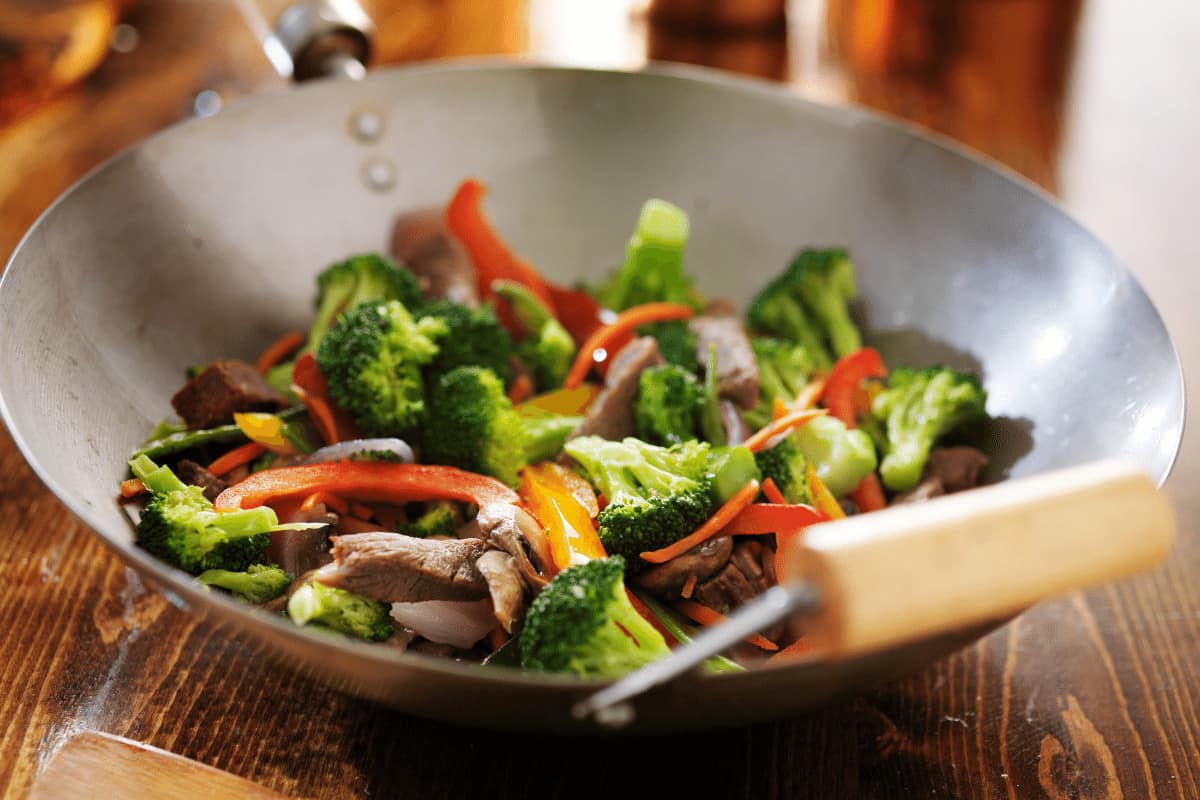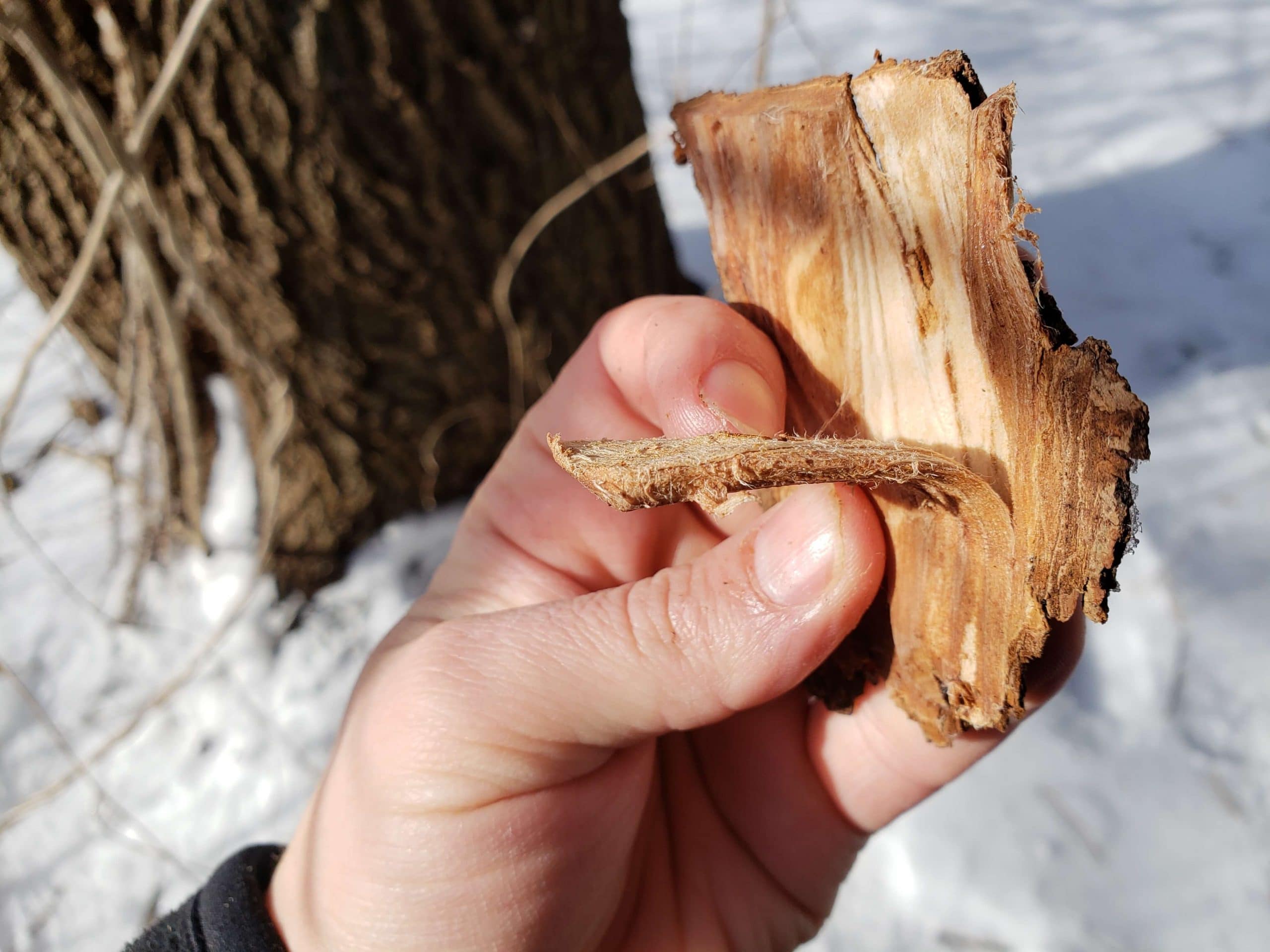Cooking with medicinal tree barks might sound unusual, but it's a fantastic way to add unique flavors and health benefits to your dishes. Tree barks like cinnamon, slippery elm, and birch have been used for centuries in traditional medicine and cooking. These barks can be infused into teas, ground into spices, or used to smoke meats, offering a natural twist to your culinary creations. Whether you're looking to boost your immune system or simply try something new, incorporating medicinal tree barks into your recipes can be both delicious and beneficial. Let's explore some innovative ways to use these natural ingredients in your kitchen.
Gather Your Ingredients for Innovative Ways to Cook with Medicinal Tree Barks
Ingredients
- Cinnamon Bark
- 1 stick or 1 teaspoon ground
- Willow Bark
- 1 teaspoon dried, finely chopped
- Birch Bark
- 1 teaspoon dried, finely chopped
- Slippery Elm Bark
- 1 teaspoon powdered
- Water
- 4 cups
- Honey
- 2 tablespoons (optional)
- Lemon Juice
- 1 tablespoon (optional)
- Ginger Root
- 1-inch piece, sliced (optional)
- Cloves
- 3 whole (optional)
- Star Anise
- 1 whole (optional)
Essential Tools for Innovative Ways to Cook with Medicinal Tree Barks
Tools Needed
-
Sharp Knife
- Essential for cutting and peeling bark.
-
Cutting Board
- Provides a stable surface for chopping.
-
Mortar and Pestle
- Useful for grinding bark into powder.
-
Spice Grinder
- Alternative to mortar and pestle for finer grinding.
-
Cheesecloth
- Strains liquids when making bark-infused broths or teas.
-
Saucepan
- Ideal for simmering bark in liquids.
-
Measuring Spoons
- Ensures accurate measurements of ground bark.
-
Mixing Bowls
- Handy for combining ingredients.
-
Wooden Spoon
- Stirs mixtures without damaging cookware.
-
Fine Mesh Sieve
- Strains out small particles from liquids.
-
Storage Jars
- Keeps ground bark fresh and dry.
-
Tongs
- Helps handle hot bark pieces safely.
-
Oven Mitts
- Protects hands from heat when handling hot cookware.
-
Food Processor
- Speeds up the process of grinding larger quantities.
-
Digital Scale
- Measures precise amounts of bark for recipes.
Use cinnamon bark to add warmth to dishes. Bay laurel bark enhances soups. Slippery elm bark can thicken broths. Birch bark infuses a subtle sweetness in teas.
The Importance of Innovative Ways to Cook with Medicinal Tree Barks
Medicinal tree barks like cinnamon and willow have been used for centuries due to their health benefits. Cooking with these barks can add unique flavors while also providing anti-inflammatory and antioxidant properties. Incorporating them into dishes can enhance both taste and well-being.
Using tree barks in cooking can also connect us to ancient traditions and natural remedies. This practice not only diversifies our culinary experiences but also promotes a holistic approach to health.
Step-by-Step Instructions for Innovative Ways to Cook with Medicinal Tree Barks
Innovative Ways to Cook with Medicinal Tree Barks
1. Cinnamon Bark Tea
- Ingredients: Cinnamon bark, water, honey
- Steps:
- Boil water in a pot.
- Add cinnamon bark.
- Simmer for 10 minutes.
- Strain into a cup.
- Sweeten with honey.
2. Bay Laurel Bark Infused Oil
- Ingredients: Bay laurel bark, olive oil
- Steps:
- Crush bay laurel bark.
- Heat olive oil in a pan.
- Add crushed bark.
- Simmer for 20 minutes.
- Strain oil into a bottle.
3. Slippery Elm Bark Porridge
- Ingredients: Slippery elm bark powder, water, honey
- Steps:
- Mix slippery elm bark powder with water.
- Heat mixture in a pot.
- Stir continuously until thickened.
- Sweeten with honey.
4. Birch Bark Syrup
- Ingredients: Birch bark, water, sugar
- Steps:
- Boil birch bark in water.
- Simmer until liquid reduces by half.
- Strain out bark.
- Add sugar to liquid.
- Simmer until syrup thickens.
5. Willow Bark Soup
- Ingredients: Willow bark, chicken broth, vegetables
- Steps:
- Boil chicken broth in a pot.
- Add willow bark.
- Simmer for 15 minutes.
- Remove bark.
- Add vegetables.
- Cook until vegetables are tender.
6. Cherry Bark Glaze
- Ingredients: Cherry bark, water, sugar, cornstarch
- Steps:
- Boil cherry bark in water.
- Simmer until liquid reduces by half.
- Strain out bark.
- Add sugar to liquid.
- Mix cornstarch with water.
- Add cornstarch mixture to liquid.
- Simmer until glaze thickens.
7. Oak Bark Marinade
- Ingredients: Oak bark, soy sauce, garlic, ginger
- Steps:
- Crush oak bark.
- Mix soy sauce, garlic, and ginger in a bowl.
- Add crushed bark.
- Marinate meat for 2 hours.
8. Pine Bark Bread
- Ingredients: Pine bark flour, wheat flour, yeast, water
- Steps:
- Mix pine bark flour with wheat flour.
- Dissolve yeast in warm water.
- Add yeast mixture to flour.
- Knead dough until smooth.
- Let dough rise for 1 hour.
- Bake at 350°F for 30 minutes.
9. Sassafras Bark Jelly
- Ingredients: Sassafras bark, water, sugar, pectin
- Steps:
- Boil sassafras bark in water.
- Simmer until liquid reduces by half.
- Strain out bark.
- Add sugar to liquid.
- Bring to a boil.
- Add pectin.
- Simmer until jelly thickens.
10. Elm Bark Smoothie
- Ingredients: Elm bark powder, banana, yogurt, honey
- Steps:
- Blend elm bark powder with banana.
- Add yogurt and honey.
- Blend until smooth.
Embracing Tree Barks in Your Kitchen
Cooking with medicinal tree barks opens up a world of flavors and health benefits. From the aromatic cinnamon to the earthy willow bark, these natural ingredients can transform your dishes. They not only add unique tastes but also bring healing properties to your meals. Whether you’re making a savory stew, a refreshing tea, or a sweet dessert, incorporating tree barks can elevate your culinary creations. Experimenting with these barks can lead to discovering new favorite recipes and enhancing your overall well-being. So, next time you’re in the kitchen, don’t hesitate to reach for some medicinal tree bark. Your taste buds and your health will thank you.
Common Questions About Innovative Ways to Cook with Medicinal Tree Barks
Can you really cook with medicinal tree barks?
Absolutely! Cooking with medicinal tree barks isn't just a fad; it's a tradition in many cultures. These barks can add unique flavors and health benefits to dishes. For instance, cinnamon, derived from the bark of trees in the Cinnamomum family, is widely used in both sweet and savory dishes.
What are some benefits of using tree barks in cooking?
Tree barks like cinnamon and willow can offer anti-inflammatory, antioxidant, and antimicrobial properties. They might help in managing blood sugar levels, improving heart health, and even boosting your immune system. Each bark comes with its own set of perks, making your meal not just tastier but healthier too.
How do I prepare tree barks for cooking?
Preparing tree barks involves cleaning them thoroughly and, in some cases, drying and grinding them into a powder. For example, cinnamon sticks are actually rolled-up pieces of bark, dried and ready to be used as is or ground. Always ensure the bark is sourced from non-toxic, edible trees and preferably organic to avoid any harmful substances.
Are there any risks associated with cooking with tree barks?
Like with anything, moderation is key. Some tree barks contain compounds that can be toxic in large amounts or if not prepared correctly. It's crucial to research and understand which barks are safe for consumption and to use them in moderate quantities. Consulting with a healthcare provider, especially if you have underlying health conditions, is also a wise step.
What are some easy recipes to start with?
A simple way to incorporate tree barks into your diet is by starting with teas or infusions. Cinnamon tea, for instance, is easy to make and a great introduction. Adding ground cinnamon to oatmeal, smoothies, or baked goods is another effortless approach. For the adventurous cooks, experimenting with bark-infused broths can elevate soups and stews.
Where can I find edible tree barks?
Edible tree barks can be found at health food stores, online specialty shops, and sometimes at local farmers' markets. Look for products labeled as food-grade and organic to ensure safety and quality. For those living near forests, wild harvesting is an option, but proper identification and knowledge about sustainable harvesting practices are essential.
Can tree bark replace herbs and spices in recipes?
While tree bark can't always replace herbs and spices due to their unique flavors and properties, they can certainly complement them. Experimenting with bark alongside traditional spices can lead to exciting new flavors. For instance, adding cinnamon to a curry can introduce a warm, sweet note that balances the spice.

